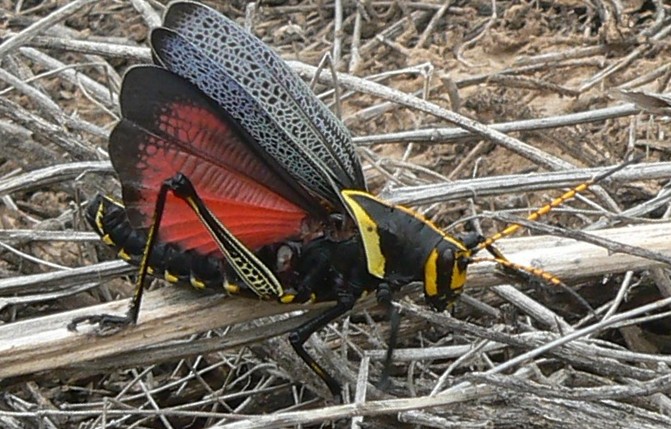Christel
Member
I'm planting some fruit trees, and I know I will find a plethora of insects and snails in my pasture, from mealworms to earthworms, crickets, grubs, pill bugs, and these weird looking small black roaches. Are all of the above edible for a veiled chameleon? For the record, her current diet is still crickets first, some small mealworms, bits of mango, and her kale plant. She just got a collard greens plant today, hoping she'll like that one as much as her kale.
Thanks!
Oh, and there are NO pesticides nor fertilizers on my land other than composted materials by mother nature.
Thanks!
Oh, and there are NO pesticides nor fertilizers on my land other than composted materials by mother nature.


